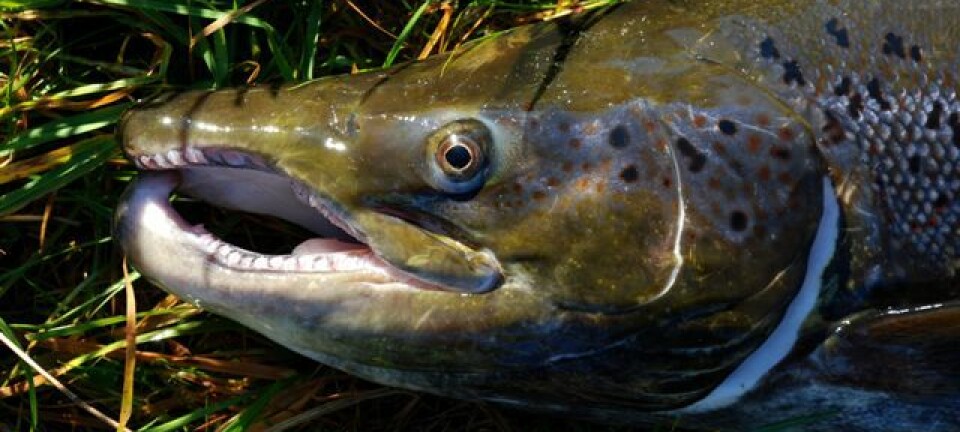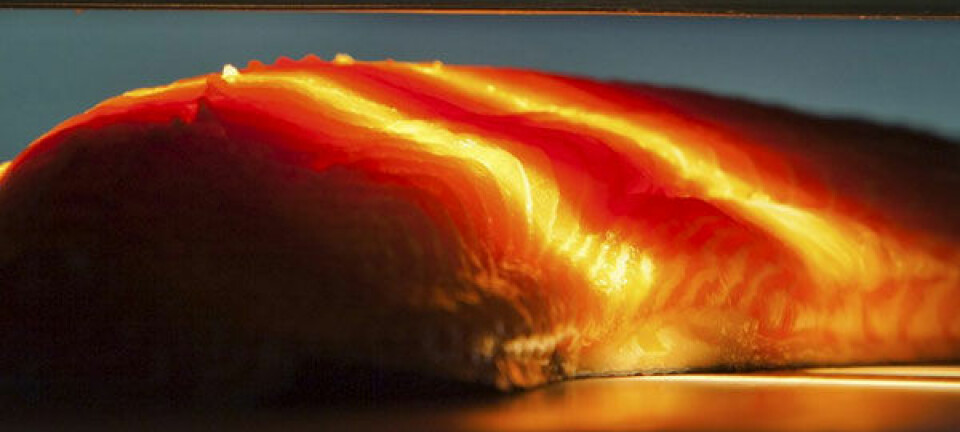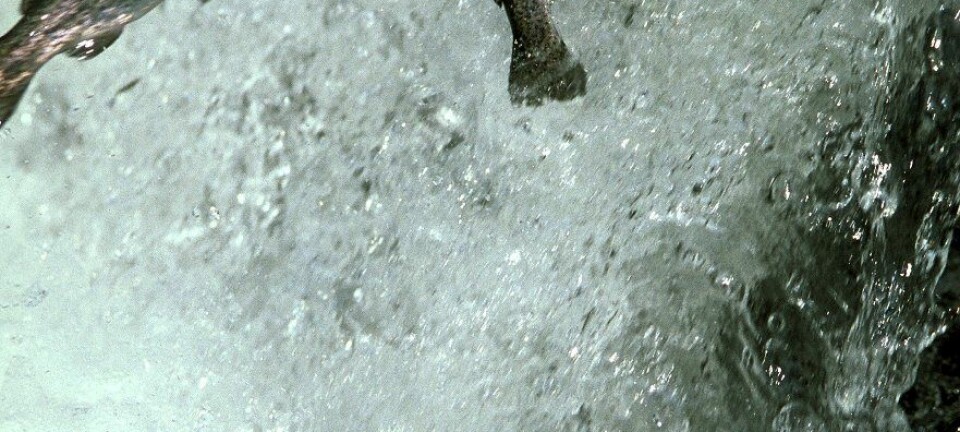This article was produced and financed by The Norwegian Veterinary Institute
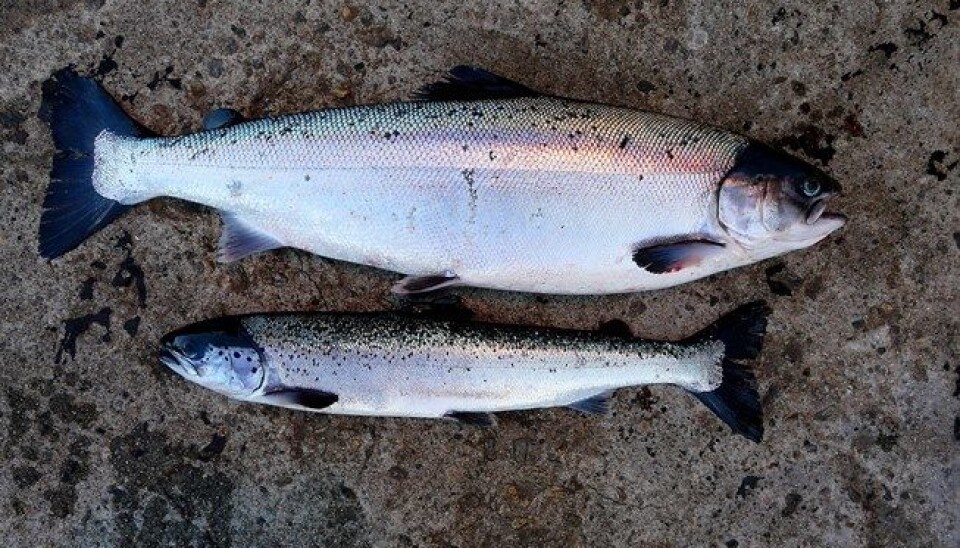
Coastal streams spread virus between farmed fish
The spread of pancreas disease between farms can be best explained by the direction of surface ocean currents.
Denne artikkelen er over ti år gammel og kan inneholde utdatert informasjon.
Pancreas disease (PD) is the most serious virus infection in Norwegian farmed salmon today and is highly contagious. The disease causes increased mortality, reduced growth and poor product quality in the fish. This is a serious challenge to the welfare of the fish and to the fish industry itself.
"PD virus can survive for a longtime outside the salmon in cold, pure seawater and thus has a great potential to spread along the Norwegian coast," says Anne Stene at the Norwegian Veterinary Institute.
Her research is on the spread of PD-virus and the risk of outbreaks. In her doctoral thesis, she shows that the spread of the virus between farms best can be explained by the direction of surface coastal currents.
Having identified and mapped contact points between different farms in a Norwegian fjord, including coastal currents, network of ownership and distance at sea, she tested out which of these could explain the outbreaks of PD.
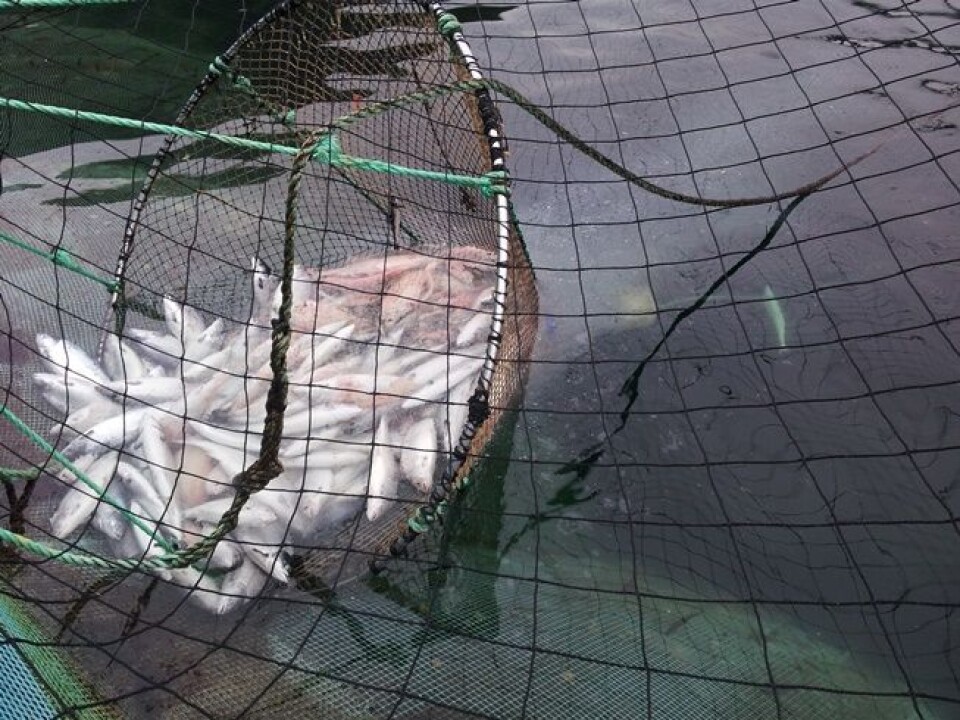
"It turned out that the direction of the surface coastal current proved to be the best explanatory variable," says Stene.
This also matched with seasonal changes. When the direction of the current flow changed, this correlated to the direction where PD was detected.
Results from other epidemiological studies of PD in a different fjord and with other models of currents support this current model as a useful tool for predicting the risk of infection.
Oils from dead fish are an infection bomb
Both sick and dead salmon can excrete virus into the sea. An important finding of the study is that fat from infected dead fish on the bottom of the cages also contains viruses.

Some of this fat will float to the surface and be infectious to other salmon coming into contact with it.
Using the fat layer, the virus can float to the surface and be spread to other farms by currents and wind.
"This underscores the necessity of removing the dead fish as quickly and efficiently as possible," says Stene.
Temperature changes in the water can trigger PD-outbreaks
Stene has, in addition to identifying risk factors for the proliferation of PD pancreas disease, looked into risk factors for outbreak of the disease.
The study shows that outbreaks of PD pancreas disease happen when the sea temperature rises over time. This may be due to increased temperature contributing to a form of chronic stress in fish that weakens its immune system.
"Just like us humans, the fish can carry an infection without getting sick. But when we are stressed or are in bad shape, the risk that we become ill increases," says Stene.
An outbreak of disease often occurs when the amount of virus in the fish is high. This increases the excretion and thus gives a higher infection pressure in the sea.
"If it is possible to kill the infected fish before the temperature rises, we limit PD- outbreaks thus reducing the concentration of virus in the sea. When less virus is transported by the currents, the risk of infection subsides," she says.
The thesis shows that the critical phase of infection is when the salmon grows in sea water. During the smolt production of salmon in fresh water, however, the virus does not seem to pose any problem.







